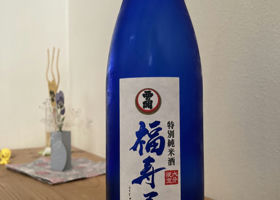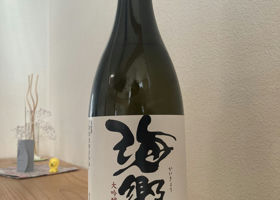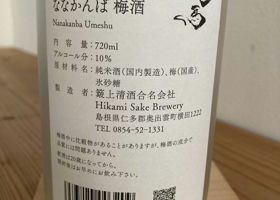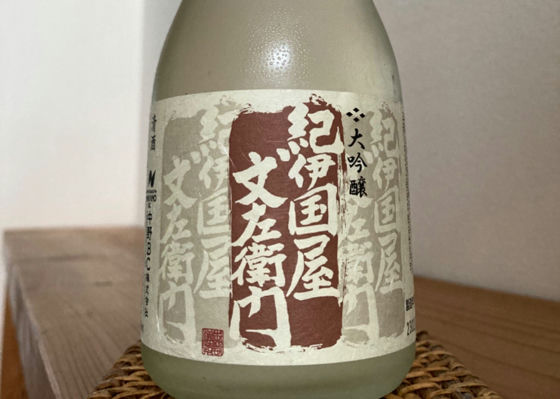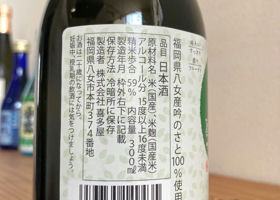

bibouroku8103
Ingredients Junmai Ginjo Yakuchi
Ingredients Rice (domestic), Rice malt (rice malt), Polishing ratio 60%, Ingredient rice Gohyakumangoku, Yamadanishiki, etc.
Alcohol content 14
Clean, but sweet.
Manufacturer Azuma Shuzo Co.
35, Noda-cho, Komatsu City, Ishikawa Prefecture
Japanese>English







